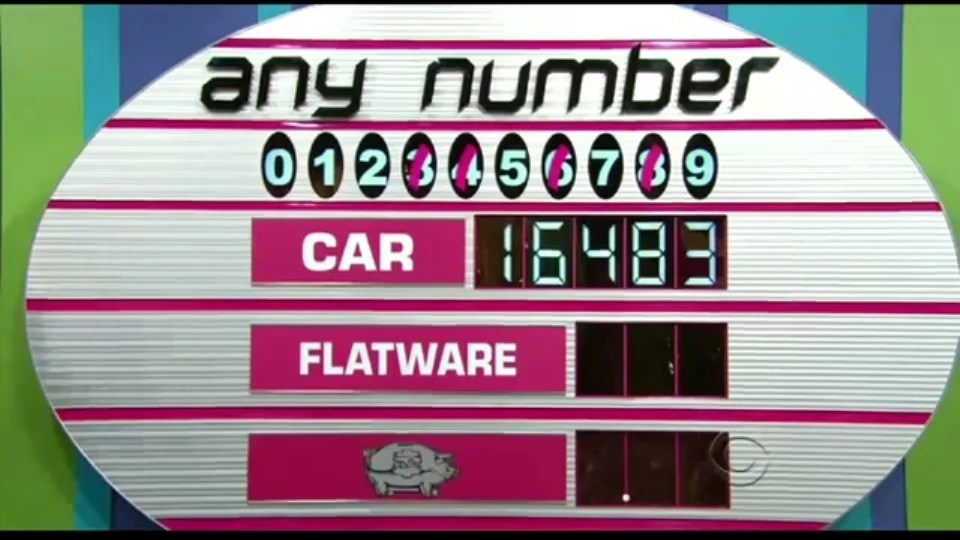I admit to padding this week’s collection of mathematically-themed comic strips. There’s just barely enough to justify my splitting this into a Sunday and a Tuesday installment. I’m including a follow-the-bouncing-ball cartoon to make up for that though. Enjoy!
Jimmy Hatlo’s Little Iodine from the 20th originally ran the 18th of September, 1955. It’s a cute enough bit riffing on realistic word problems. If the problems do reflect stuff ordinary people want to know, after all, then they’re going to be questions people in the relevant fields know how to solve. A limitation is that word problems will tend to pick numbers that make for reasonable calculations, which may be implausible for actual problems. None of the examples Iodine gives seem implausible to me, but what do I know about horses? But I do sometimes encounter problems which have the form but not content of a reasonable question, like an early 80s probability book asking about the chances of one or more defective transistors in a five-transistor radio set. (The problem surely began as one about burned-out vacuum tubes in a radio.)
Daniel Beyer’s Long Story Short for the 21st is another use of Albert Einstein as iconic for superlative first-rate genius. I’m curious how long it did take for people to casually refer to genius as Einstein. The 1930 song Kitty From Kansas City (and its 1931 Screen Songs adaptation, starring Betty Boop) mention Einstein as one of those names any non-stupid person should know. But that isn’t quite the same as being the name for a genius.
My love asked if I’d include Stephen Pastis’s Pearls Before Swine of the 22nd. It has one of the impossibly stupid crocodiles say, poorly, that he was a mathematics major. I admitted it depended how busy the week was. On a slow week I’ll include more marginal stuff.
Is it plausible that the Croc is, for all his stupidity, a mathematics major? Well, sure. Perseverance makes it possible to get any degree. And given Croc’s spent twenty years trying to eat Zebra without getting close clearly perseverance is one of his traits. But are mathematics majors bad at communication?
Certainly we get the reputation for it. Part of that must be that any specialized field — whether mathematics, rocket science, music, or pasta-making — has its own vocabulary and grammar for that vocabulary that outsiders just don’t know. If it were easy to follow it wouldn’t be something people need to be trained in. And a lay audience starts scared of mathematics in a way they’re not afraid of pasta technology; you can’t communicate with people who’ve decided they can’t hear you. And many mathematical constructs just can’t be explained in a few sentences, the way vacuum extrusion of spaghetti noodles could be. And, must be said, it’s often the case a mathematics major (or a major in a similar science or engineering-related field) has English as a second (or third) language. Even a slight accent can make someone hard to follow, and build an undeserved reputation.
The Pearls crocodiles are idiots, though. The main ones, anyway; their wives and children are normal.
Ernie Bushmiller’s Nancy Classics for the 23rd originally appeared the 23rd of November, 1949. It’s just a name-drop of mathematics, though, using it as the sort of problem that can be put on the blackboard easily. And it’s not the most important thing going on here, but I do notice Bushmiller drawing the blackboard as … er … not black. It makes the composition of the last panel easier to read, certainly. And makes the visual link between the paper in the second panel and the blackboard in the last stronger. It seems more common these days to draw a blackboard that’s black. I wonder if that’s so, or if it reflects modern technology making white-on-black-text easier to render. A Photoshop select-and-invert is instantaneous compared to what Bushmiller had to do.






